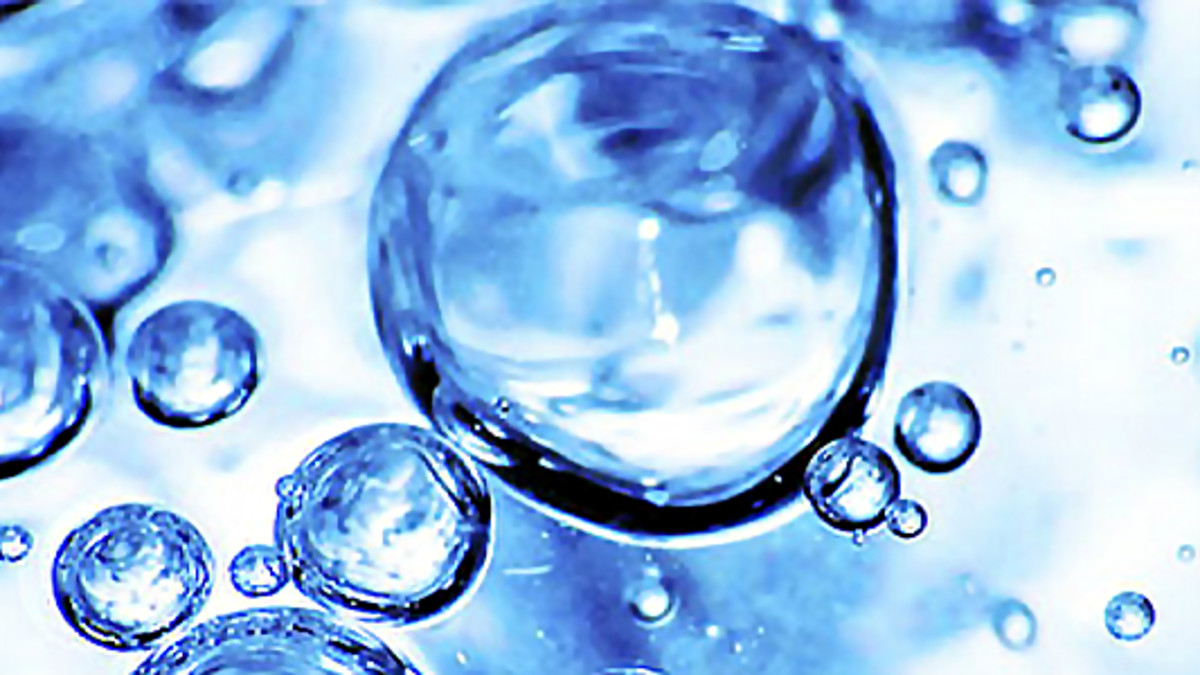Hydrogen production is one of the most promising things for solving energy problems. Hydrogen is easy to produce by using wind generators or any other electric source and is suitable for use in electrolysis chambers. And the biggest problem is finding a green energy source that is suitable for large-scale hydrogen production.
Maybe the Australian researchers found the answer. " The team says its results, using cobalt oxide with chromium oxide on its surface as the catalyst, had similar performance to a standard process of applying platinum and iridium catalysts to highly purified and deionized water". (https://www.engadget.com/clean-hydrogen-fuel-split-seawater-214042411.html?guccounter=1)
The idea of the new system is that cleaning sea water is not necessary. When the system drives salt- or seawater to the electrolysis chamber it also produces chlorine and sodium. The electrolysis breaks the sodium chloride into chlorine and sodium. Those things are important elements in chemical factories.
This thing is a very interesting method to produce hydrogen. When we think about nanoweb that separates hydrogen and oxygen from seawater. These things can be useful in the new type of long-operating underwater robots. The underwater robot can use hydrogen and oxygen in its power systems. And that thing opens the road to the "underwater perpetual motion machine". The system separates hydrogen and oxygen from the seawater and then drives it to fuel cells.
Seawater includes lots of sodium. Sodium is an alkali metal that is suitable for producing hydrogen itself. The chemical reaction between an alkali metal and water releases lots of hydrogen. But sodium can also use for making electricity for the nanotechnical electrolysis electrodes.
Seawater includes lots of sodium. So if there is possible to remove chemical compounds of sodium chloride or salt is possible to release lots of sodium in the electrolysis chamber. The thing that makes this process interesting is that sodium is an alkali metal. That means it can use to produce hydrogen because the alkali metals release lots of hydrogen when they touch the water.
But sodium can use in nanotechnical electrolysis. The sodium electrode is an effective system in an electrolysis chamber because it can connect with other metals like gold. And that allows the electrodes can produce their electricity. The nanoweb where is sodium and gold atoms as towers can produce hydrogen from salt water. And that system can be very effective both in civil and military operations.
What if you can put a rocket into the water, and then it creates its fuel by splitting water into hydrogen and oxygen inside the rocket's body?
There is the possibility that the next-generation space center locates underwater. The water allows clean energy and clean fuel production for those launching stations. The spacecraft will launch to the surface like SLBM (Submarine-Launch Ballistic Missile). Or the floats will pull them near the surface. And there, in the underwater position they can launch their engines. Clean energy allows the splitting of water molecules into hydrogen and oxygen. The energy can produce by using nuclear reactors. But producing energy by using clean or green energy is safer.
Sometimes is introduced that some so-called UFOs are diving into the water. For making hydrogen for fuel. There is the possibility that the two-layer nanomaterial can use to create hydrogen and oxygen straight from the seawater for rockets and aircraft.
To the body of the vehicle will put two layers of nanoweb there are gold and iron towers between those layers. This makes the structure act as a nanotechnical electrolysis chamber. That system can use for making hydrogen and oxygen for rockets and aerial systems straight from the seawater. Those things can use as fuel for airplanes and especially space rockets.
https://www.chemistryworld.com/news/producing-hydrogen-from-sea-water/3003305.article
/https://www.engadget.com/clean-hydrogen-fuel-split-seawater-214042411.html
https://www.eteknix.com/elon-musk-thinks-ticket-mars-will-cost-around-500000/
https://scitechdaily.com/new-nanomaterial-produces-clean-energy-hydrogen-fuel-from-seawater/
https://www.pv-magazine.com/2023/01/31/australian-scientists-unveil-method-to-produce-hydrogen-straight-from-ocean
https://www.teslarati.com/spacex-installs-starship-nosecone-east-coast-progress/boca-chica-orbital-starship-nose-install-vs-mars-starship-nasaspaceflight-bocachicagal-3/
https://astronomyandtechnology.blogspot.com/






No comments:
Post a Comment
Note: Only a member of this blog may post a comment.